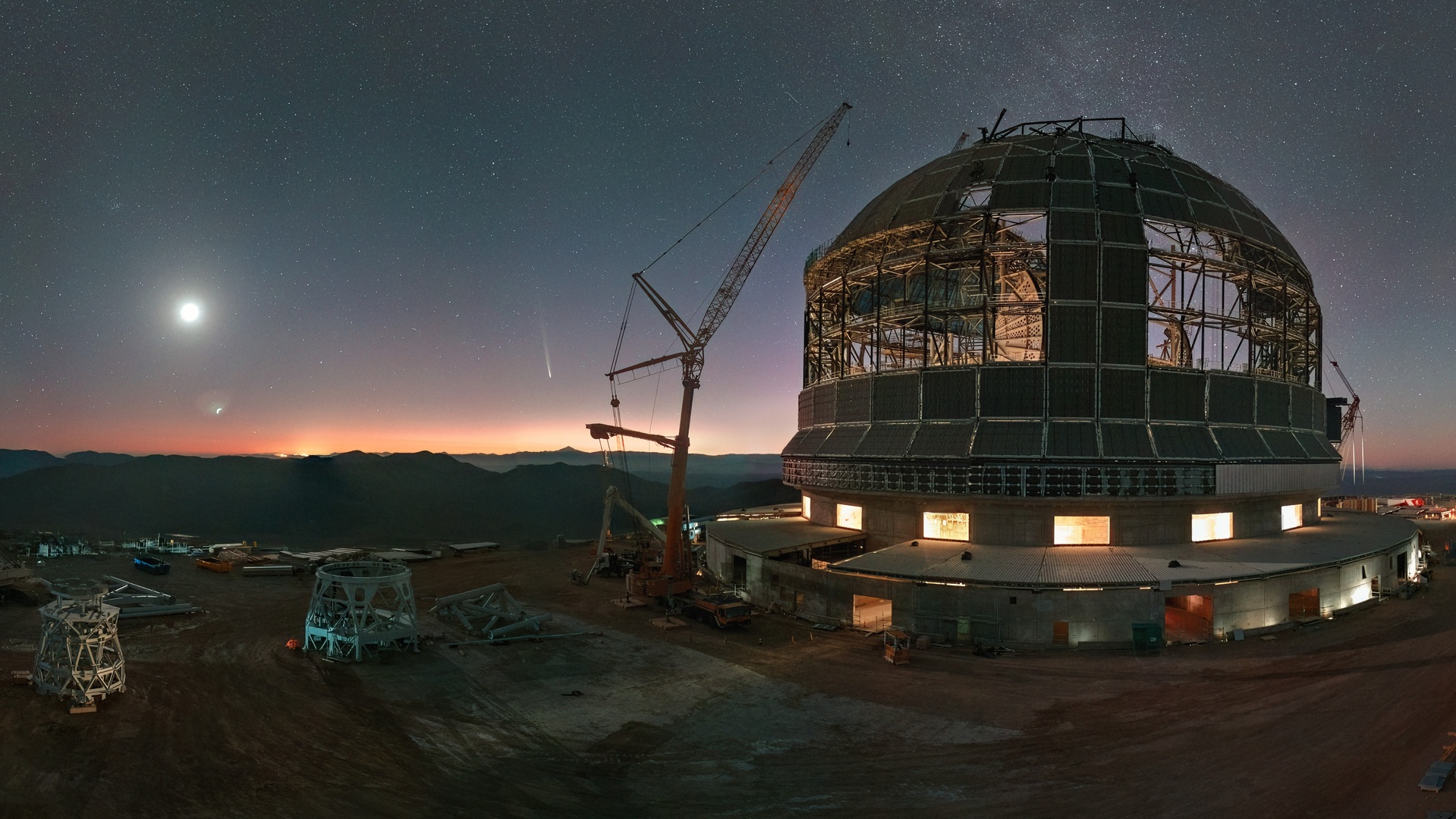This Is How Science Will Save Us From Hurricanes
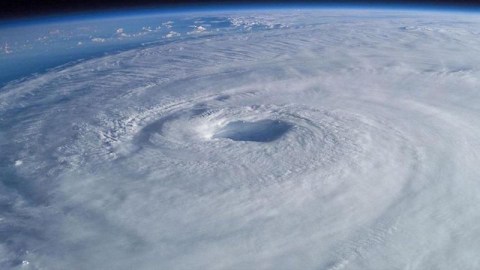
The same technology that Norway uses to keep its fjords ice-free could literally take the power out of hurricanes as they form.
Among all the natural disasters that occur on planet Earth, hurricanes are in many ways the most devastating. While the great Tōhoku earthquake and tsunami of 2011 is the single most costly natural disaster in history, the most expensive ones to occur in North America are all Hurricanes, including Katrina, Irma, Sandy, Harvey, and Maria. With winds that often exceed 125 mph (200 kph), enormous amounts of rain that can wash away entire communities, and an often sustained presence, it can take years to recover. As the ocean waters continue to warm, the frequency of the most powerful classes making landfall has increased, forcing us to contend with our vulnerability to their destructive effects. But we thoroughly understand how hurricanes form and sustain their power, and if we can understand it, we can combat it using science. Researchers now think they’ve found a practical, cost-effective way to do exactly that.
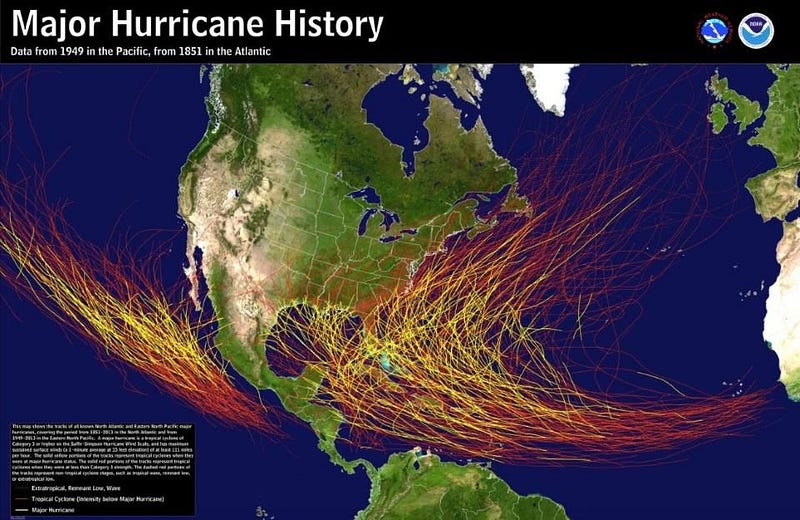
Just last week, a team from SINTEF in Norway, the largest independent research organization in Scandinavia, published an article about using the same technology they use to keep their fjords ice-free in the winter to basically flip nature’s “off switch” for hurricanes before they ever reach land. The technology is simple: to install a perforated pipe deeper down in the ocean to shoot compressed air into, which will create air bubbles that will then ascend. As they rise, they carry water of whatever the ambient temperature is with them up to the surface.
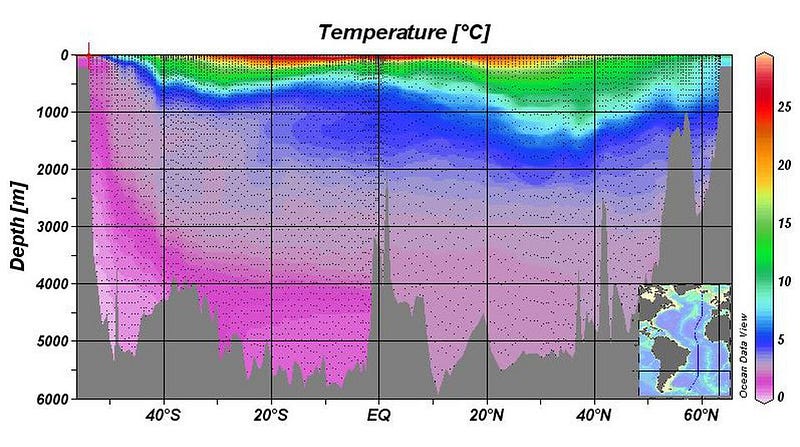
In the winter or at very great depths, water is most stable at 4° C (39° F), significantly above the freezing point of 0° C (32° F). As the warmer water ascends to the surface, it transfers heat to the water that’s in contact with the below-freezing air. For the cost of pumping compressed air into a pre-installed pipe, you can prevent ice from forming on the surface, keeping your waters open for shipping and other nautical purposes. Less expensive and more effective than icebreaker technology, these bubble curtains have revolutionized how Norway and other countries manage their fjords and other winter waters.
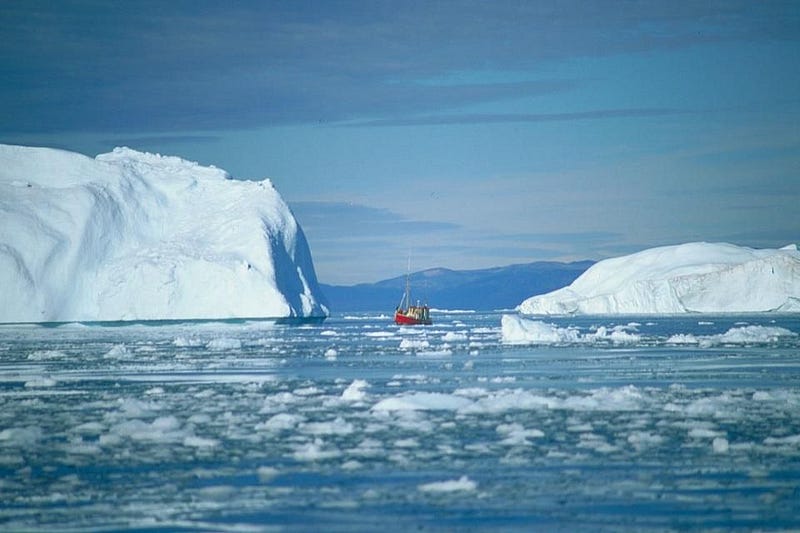
Hurricanes, on the other hand, form when the surface water is too warm in the presence of winds. The reason hurricanes only form during what we call hurricane season is because the water temperatures must exceed approximately 26.5° C (80° F) in the presence of rapid winds to create one. Cooler temperatures, which are prevalent at the surface during the off-season, means that there’s less water vapor in the air directly above the ocean’s surface. It also means that moisture-rich air won’t be able to rise, cool, and provide ongoing fuel for a storm. In order to make a tropical cyclone, you need that water to be at least 80º F (26.5º C) for the first 50 meters (165 feet) of its depth. This is why tropical storms like hurricanes, typhoons and cyclones only form along the equatorial regions of the world; the water simply isn’t hot enough elsewhere given the other conditions of Earth.
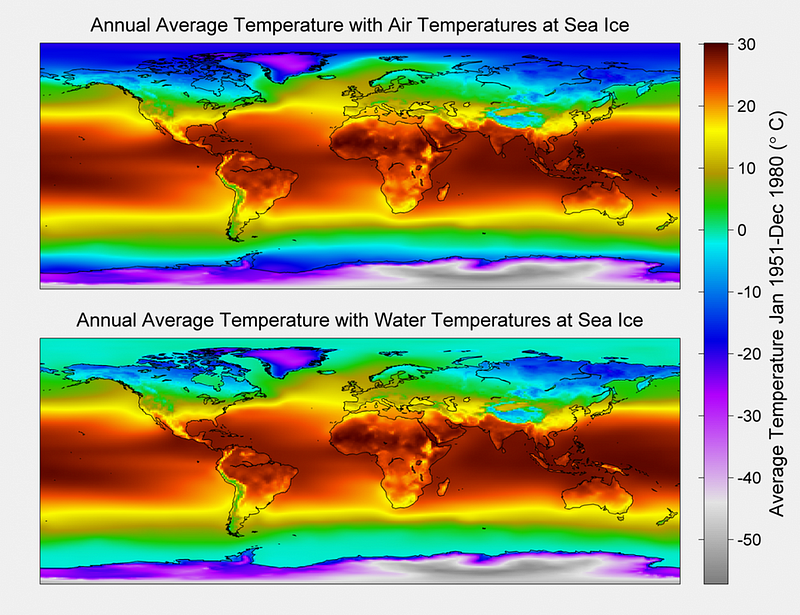
To form and sustain a hurricane, the prevailing winds along the Earth’s equatorial regions, which circulate from east to west, are enough to take care of the rest. (The detailed physics is understood quite well.) The necessary pressure changes as air rises and cools occur naturally, and there is no known mechanism for altering that part of it. There’s also no way to alter the prevailing winds over the ocean; you might as well try to keep the Earth from spinning. But ocean temperatures at greater depths aren’t always warmer than the surface; they’re more consistent. If you were to install a perforated pipe lower down beneath the ocean’s surface, at depths of 100–150 meters (330–500 feet), the air bubbles that rose when you pumped compressed air through it would carry cooler water up towards the surface, lowering the temperatures significantly.
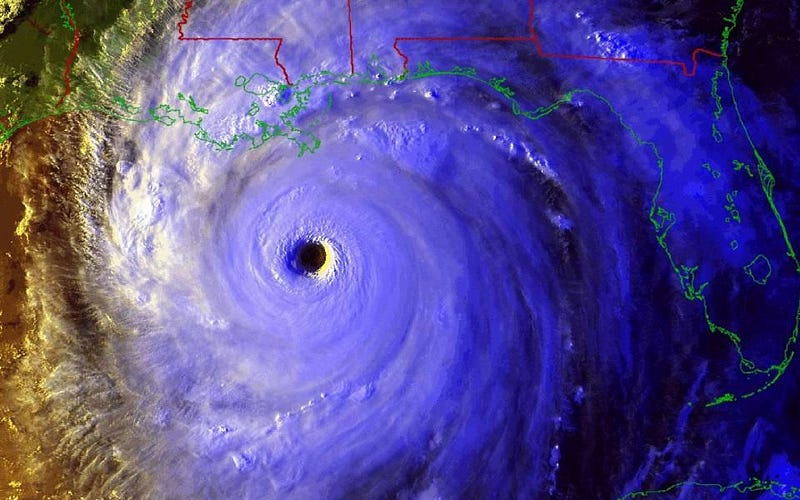
During August and September of 2017, ocean surface temperatures in the Gulf of Mexico reached a whopping 32º C (90º F), which is primarily what made Hurricanes Harvey, Irma, and Maria so powerful and damaging. If that water could have been cooled to below that 26.5° C (80° F) threshold, however, these storms could have been quelled in the Tropical Storm stage, preventing them from causing the devastation that they wrought.
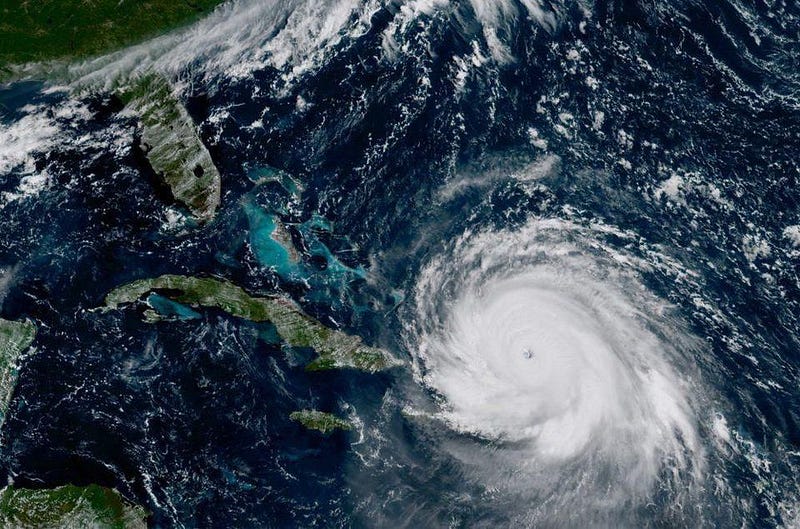
A pipe at a depth of 100–150 meters (330–500 feet) would be sufficient to do exactly that, according to the researchers involved with this “bubble curtain” solution. In the words of Grim Eidnes:
Our initial investigations show that the pipes must be located at between 100 and 150 metres depth in order to extract water that is cold enough. By bringing this water to the surface using the bubble curtains, the surface temperature will fall to below 26.5°C, thus cutting off the hurricane’s energy supply. This method will allow us quite simply to prevent hurricanes from achieving life-threatening intensities.
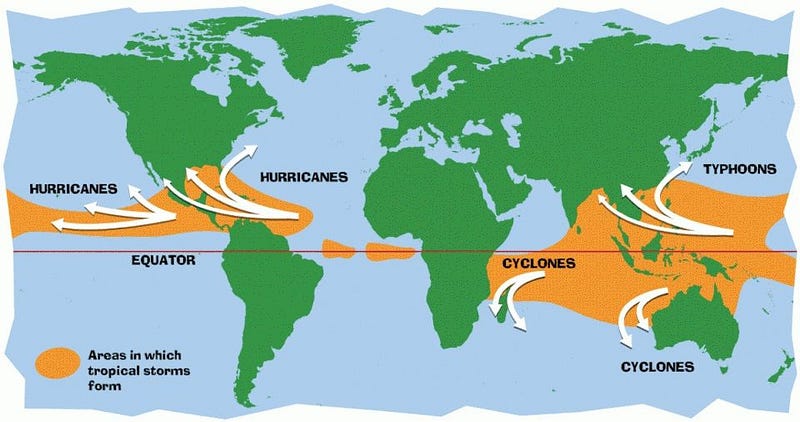
Lowering the water temperature by an amount that significant — 5.5° C (10° F) — isn’t actually all that difficult; it simply requires a large enough bubble density over a long-enough time period. Oceans run deep, and once you sufficiently mix the surface water with the much more moderate temperatures at the lower depths, you can quickly drop below the critical temperature threshold. Bubble curtains have been used for a number of applications, including as a means of restricting oil spills. This means that the technology is already in use to deploy this technology based on oil production platforms.
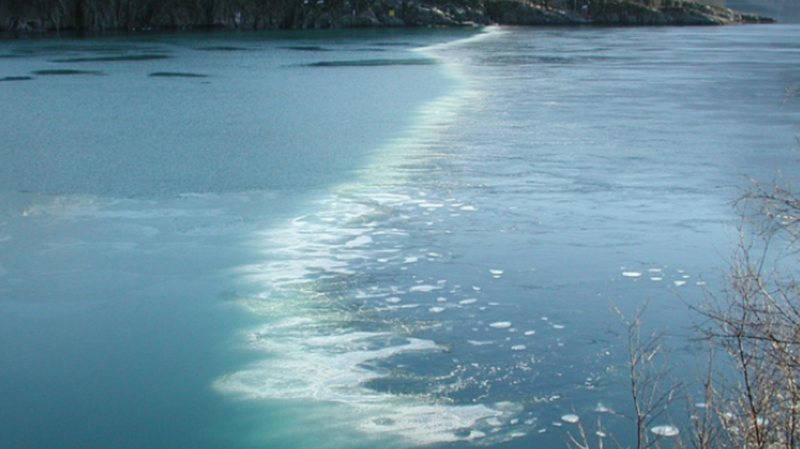
Given that the Gulf of Mexico is already home to more than 4,000 such platforms, it’s one of the ideal first candidate choices for testing the effectiveness of these bubble curtains for hurricane reduction. According to Eidnes:
It’s also possible to deploy large-scale systems, for example by installing pipes across the entire Yucatan Strait, or extending them from the mainland along the coast. There is no shortage of possibilities.
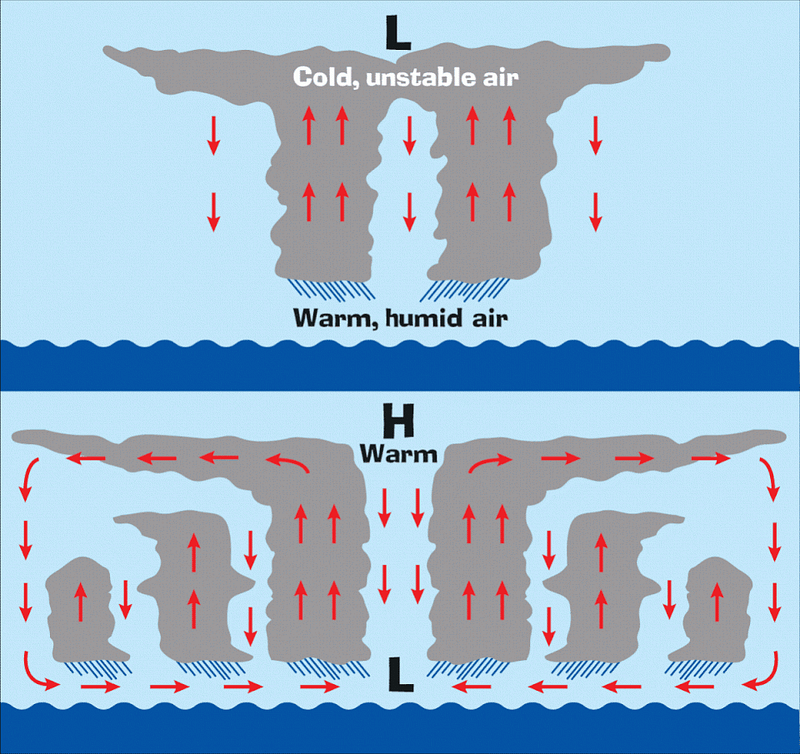
Given that 2017 saw more than $250B worth of damage caused by hurricanes to North America alone, even a large investment in setting up and deploying a large-scale network of these deep water perforated pipes could quickly pay dividends in damage and death reduction. The economic return-on-investment could be tremendous, and it would protect our infrastructure and prevent another Katrina-like disaster more effectively and inexpensively than any other plan. But if we want it to happen, we need to put our money where our mouth is and live up to the advice of America’s eldest founding father: an ounce of prevention is worth a pound of cure.
Ethan Siegel is the author of Beyond the Galaxy and Treknology. You can pre-order his third book, currently in development: the Encyclopaedia Cosmologica.



